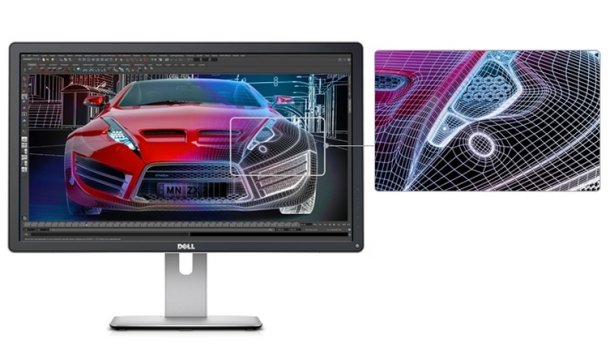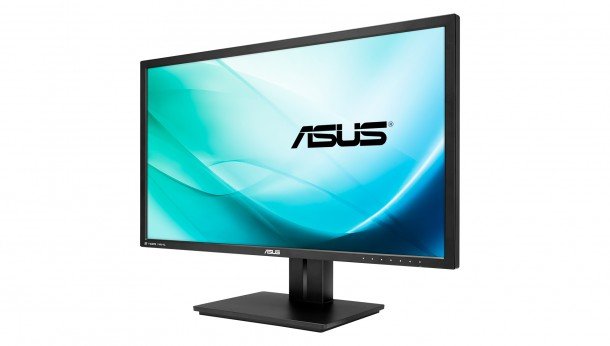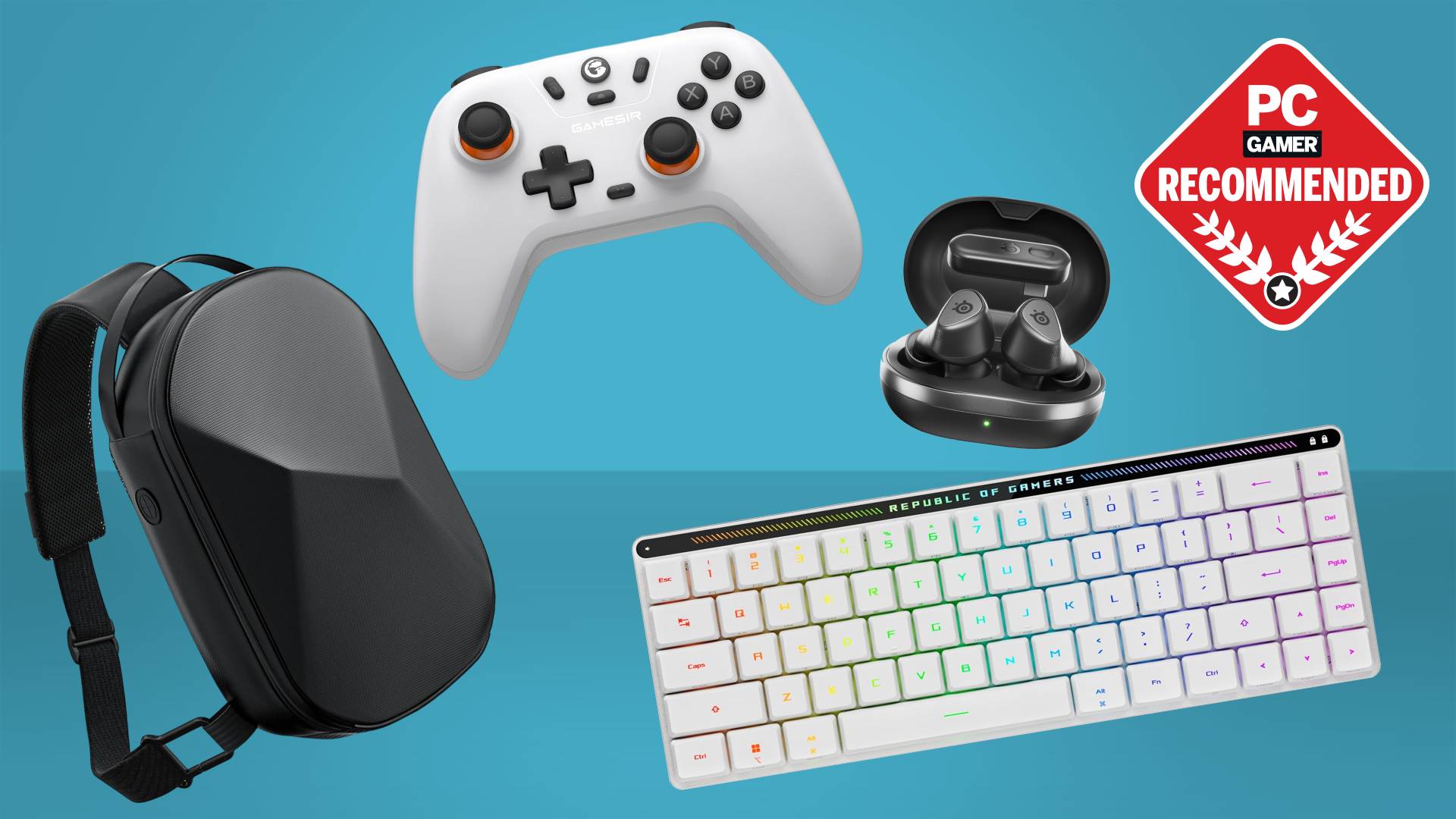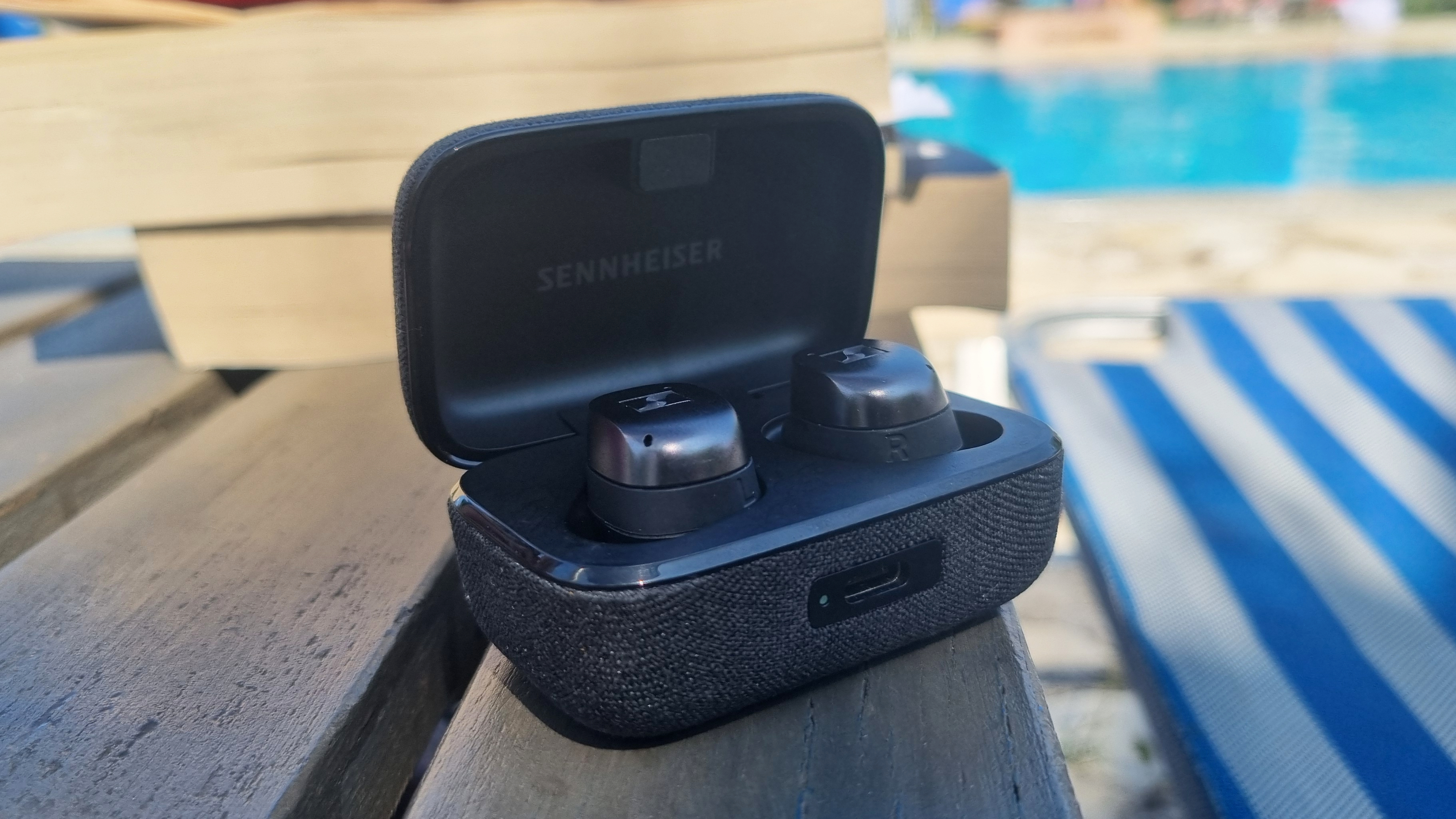The hidden problem with 4K monitors: display scaling

I've ditched Google's Chrome browser and actively chosen to have Microsoft's Internet Explorer as my default browser. Yes, you read that right, I've made the move back to Internet Explorer, the browser I always replace with Google Chrome the instant I install a new operating system onto a PC. And the reason is simple, I've been testing Asus' latest 4K monitor, the PB287Q, and the only way I can keep using it as my main monitor is to ditch Chrome.
The main problem I've been having with running my machines with a resolution of 3840x2160—on any of the 4K screens I've tested—is that you always end up having to use desktop scaling to make anything actually readable on such a high resolution, and desktop scaling simply doesn't work for everything. Keeping your desktop at a straight 1:1 ratio leaves everything from text to icons far too small to be in any way usable on anything that isn't a massive 40-inch display. On the 24, 28 and 30-inch panels I've been testing, they're awkwardly miniscule.

No issue then, all you have to do is go into the Windows Display settings and set it up to 150% or so. Job done.
Ahh, would that it were so simple. Windows and its own icons and text will scale happily and look glorious on your shiny 4K monitor. Third-party applications, like Chrome and Steam, on the other hand look blurry and indistinct. Even Microsoft's own Skype For Desktop can't cope with the superior res.
Switching to IE from Chrome fixes my first-world internet woes, but navigating non-scaling happy applications is still a recipe for eyestrain. As much as it's important then for the main graphics manufacturers to make sure they can deliver enough GPU power to run our favourite games at super-high resolutions, without costing more than the price of our shiny new 4K monitor, it's vital for the software ecosystem to catch up too.
Keep up to date with the most important stories and the best deals, as picked by the PC Gamer team.

Dave has been gaming since the days of Zaxxon and Lady Bug on the Colecovision, and code books for the Commodore Vic 20 (Death Race 2000!). He built his first gaming PC at the tender age of 16, and finally finished bug-fixing the Cyrix-based system around a year later. When he dropped it out of the window. He first started writing for Official PlayStation Magazine and Xbox World many decades ago, then moved onto PC Format full-time, then PC Gamer, TechRadar, and T3 among others. Now he's back, writing about the nightmarish graphics card market, CPUs with more cores than sense, gaming laptops hotter than the sun, and SSDs more capacious than a Cybertruck.

